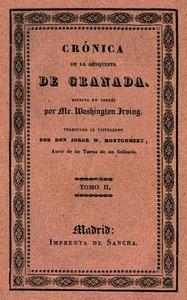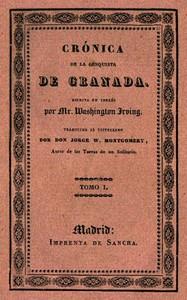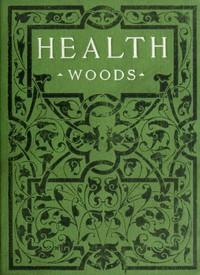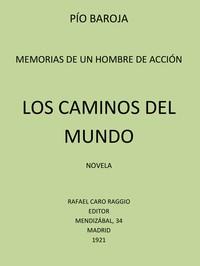Read this ebook for free! No credit card needed, absolutely nothing to pay.
Words: 202659 in 42 pages
This is an ebook sharing website. You can read the uploaded ebooks for free here. No credit cards needed, nothing to pay. If you want to own a digital copy of the ebook, or want to read offline with your favorite ebook-reader, then you can choose to buy and download the ebook.
THE SCHOOLS OF ORANGE COUNTY.
The eastern part of the State of New York, including all those portions which were settled in the seventeenth century or in the early part of the eighteenth, have this common feature in their educational history. They all show three periods of development, separate and distinct from each other, and these periods are characterized, largely, by the initiative under which the schools were organized and maintained.
The first of these periods, which we may call the colonial period, reaches from the first settlement of the country down to the time of the Revolutionary War. During this time, about seventy-five years, whatever schools there were in Orange County, were organized and supported entirely by the settlers in the different neighborhoods, for the instruction of their own children.
There were no large villages in Orange County at that time. The communities were purely agricultural, with small hamlets scattered here and there, such as are found in agricultural districts to-day, and the educational advantages were very limited. This period culminated in the struggle for independence, during which even these limited advantages were almost entirely swept away.
During the war of the Revolution, the settled portions of the State were overrun by armed bands again and again. The valley of the Hudson was harried by the contending armies, back and forth for years, and, even where there were no armies, the virulence of the feeling which existed between the patriots and the Tories, was such that there was little more safety for life and property in those localities than there was at the very seat of war.
Under these circumstances, the schools were generally closed and the generation which grew up during the Revolution was largely without regular instruction.
Toward the end of the war, when actual hostilities had largely ceased, there was a great awakening throughout the State to the necessity for more and better schools than had ever existed heretofore. Mingling with those who had enjoyed better educational advantages, in the camp and on the field, had taught the pioneers the value of education, and they determined to make it possible for their children to become better equipped, educationally, than they had been.
Private academies, for classical training, were established in the small towns and villages and a new period, which we may call the period of the private schools, began.
In response to this sentiment in favor of higher education, the Legislature passed the University law in 1784, establishing the University of the State of New York and giving the authority and the aid of the State to the academies which had already been established and encouraging the establishment of others. The object of this movement by the Legislature, as defined in the act establishing the University, was "to encourage and promote education in advance of the common, elementary branches."
It is a characteristic feature of the thought and feeling of this period that the State should give its aid and authority to private institutions for secondary instruction long years before it recognized in any way, its duty to the common school and elementary instruction.
Soon the private academies became so numerous that the opportunity for higher education reached to every part of the State. These schools did a grand work. For three-quarters of a century they opened up opportunities for the ambitious boys and girls whose parents were able to pay for their tuition.
Then, a new idea appeared in educational matters--the idea that the child of the poor man has as much right to the opportunity for education as the child of the rich, and that it is the duty of the State to provide this opportunity for rich and poor alike. So the period of the free schools followed that of the private academies.
Free books android app tbrJar TBR JAR Read Free books online gutenberg
More posts by @FreeBooks

: Crónica de la conquista de Granada (2 de 2) by Irving Washington Montgomery G W George Washington Translator - Granada (Spain : Reino) History Spanish Conquest 1476-1492


: Crónica de la conquista de Granada (1 de 2) by Irving Washington Montgomery G W George Washington Translator - Granada (Spain : Reino) History Spanish Conquest 1476-1492








